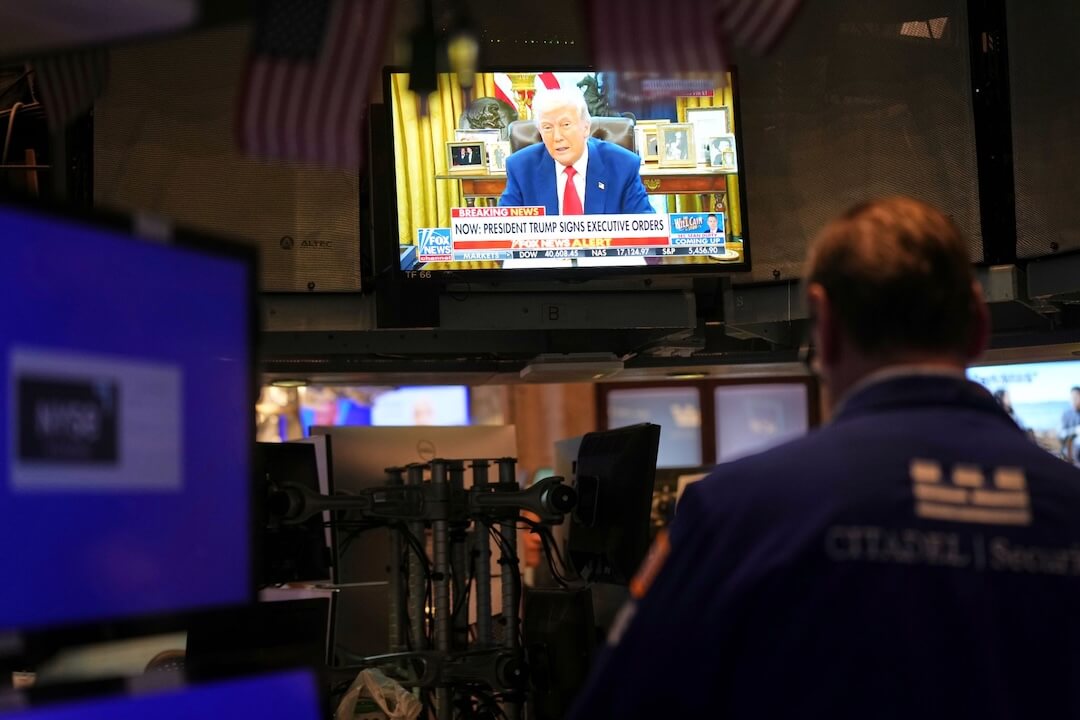On Election Day, journalists at The Washington Post will get an assist from their non-human counterparts.
The newspaper announced Wednesday morning that it will use automation to cover 500 races. Among them: Senate, House and gubernatorial contests across the United States.
The automation technology, Heliograf, was first used by The Post to cover the Rio Olympics and will be repurposed to provide “up-to-date reporting, analysis and results for nearly 500 races.”
In addition, the Post will surface stories based on the readers’ location. In August, Washington Post Director of Strategic Initiatives told Poynter that Heliograf wasn’t aimed at replacing human reporters — rather, it’s intended to be a complementary service aimed at freeing up reporters and editors to cover more nuanced stories.
That’s still the plan, according to The Post. Journalists will “add reporting, analysis and color to stories alongside the bot-written text,” which will evolve as Election Day progresses. The content will then be geotargeted and served up to audience members on the website and in newsletters, giving them a personalized look at the news.
The technology will be used internally, too. Heliograf will parse the data and surface potential story ideas to reporters, alerting them with a Slack message “when incumbents are lagging and races are called.”
In a release, Washington Post Director of Data Science Sam Han called the technology a harbinger of the coming convergence between automated and conventional journalism:
“The Post’s sophisticated artificial intelligence is the connective tissue that allows us to combine these different sources and to power Heliograf so that it can write highly personalized stories for the benefit of journalists and readers alike.”
Indeed, several news organizations have been experimenting with automation in recent years. The Associated Press has relied on natural language generation to cover earnings report stories and sporting events. In April, Bloomberg Editor-in-Chief John Micklethwait said in a memo that automation technology was “crucial to the future of journalism.” In September, Reuters debuted partnerships with Graphiq and Wibbitz to create graphics and video clips to accompany stories.






